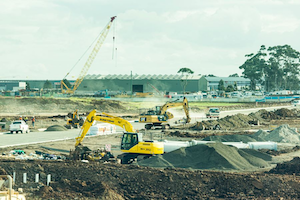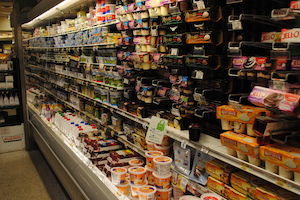IoT and electronics Blog

IoT in Healthcare Industry
In medical care, what role does the IoT play?Technologies related to the "Internet of Things" (IoT) have experienced extensive adoption in the field of healthcare during the last several years. Even though the Internet of Things (IoT) is not…
IoT in Construction Industry
IoT revolutionizing today's construction industryThe Internet of Things is utilized in the construction industry to improve efficiency, cut waste, raise safety standards, and save time and money. In specific sectors, including building and…
IoT in Oil & Gas Industry
IoT creating value for the oil and gas industryOne of the main advantages of oil and gas IoT applications is creating value for the oil and gas industry via an integrated deployment strategy. Because of IoT, organizations can digitize, optimize,…
IoT in Transportation & Logistics Industry
Familiarizing with "Telematics"A conduit facilitates transporting people, goods, and other materials. Produced goods are transported in containers at some point in the supply chain. With the predicted 35% growth in the global…
IoT in Retail Industry
Opportunities for IoT in retail sectorDespite the incredible opportunities the digital age presents, the retail industry is fully aware of the difficulties and restrictions it must overcome. While there is ample opportunity for growth,…
IoT in Education Industry
IoT-Based Educational ApplicationsAn individual's or a child's "Education" is related to more than just the books in their collection; it also includes the context in which those books are used. The contributions of technology have…
How smart cities actually work?
Reflections on Smart CitiesThe Internet of Things brings disparate systems and devices together, and geographic information systems (GIS) unify spatial information and relevant data so that users only need to search through a…